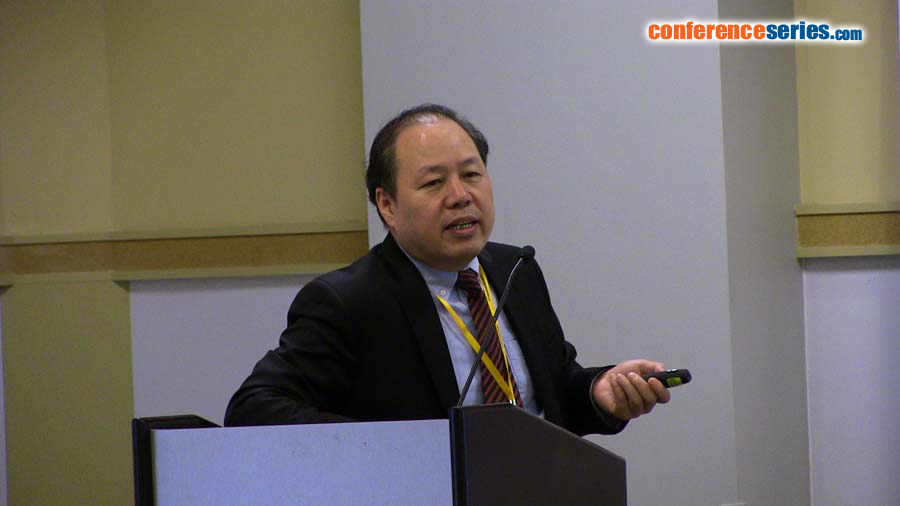
Enqiang Linghu
Chinese PLA General Hospital, China
Title: Endoscopic ultrasonography(EUS) for diagnosis and treatment of pancreatic cystic lesions: Primary results of a prospective single-center study of 120 patients
Biography
Biography: Enqiang Linghu
Abstract
Background: With the development of imaging techniques, pancreatic cystic lesions are becoming more and more prevalent. Classification of pancreatic cysts lesions which is closely correlated with treatment is pretty complicated, but it is difficult to define the nature of cysts by imaging alone, and surgical morbidity and mortality rates are high. A proper diagnostic approach with high sensitivity and specificity and a kind of safe operation with minimally invasive are urgently needed. Now, there are a few reports about the optimal values for Chinese people to differentiate the pancreatic cystic lesions with large population and EUS-guided lauromacrogol ablation has not been reported.
Methods: From April 2015 to May 2016, 120 patients of small pancreatic cystic neoplasms were prospectively enrolled to perform EUS, among whom 59 patients finally received surgery while 29 patients underwent EUS-guided ablation with lauromacrogol and 7 of them underwent the second ablation so there are 36 cases of ablation. Diagnostic effect of EUS was evaluated with pathology as gold standard. The follow-up pancreatic enhanced CT or MRI was taken at 3 months and then 6 months after ablation. We determined the efficiency of ablation by RECIST criteria.
Results: Among 58 patients with EUS, 9 patients were diagnosed to be malignant by surgical pathology. The sensitivity and
specificity of EUS in differentiating benign from malignant cysts was 93.9% (46/49) and 100% (9/9) and the accuracy is 94.8% (55/58). EUS-FNA cyst fluid biochemical analysis underwent on 38 patients performed well at differentiation mucinous from non-mucinous cysts when combined CEA (>72.35 ng/ml) and amylase (<461.7 IU/L) can get a high accuracy (85.7%) and specificity (93.8%), a low sensitivity (78.9%). EUS-FNA cyst fluid cytology analysis had a high accuracy of 98.1% (53/54) in dividing cystic lesions into benign and malignant while its accuracy of diagnosis in cystic classification was 87.0% (20/23). There are 14 patients undergoing biopsy of cystic wall through SpyGlass among 59 surgical patients and 3 cases got final definitive diagnosis through pathology of the cystic wall’s biopsy which was in accordance with surgical pathology which 11 cases failed in sample obtaining and sectioning. Mild pancreatitis occurred in 2 cases and moderate fever occurred in 1 case among 36 cases undergoing ablation and none of the patients reported any severe complications. Of the 23 cases who were followed up for 3.9 months (rang 1.5-12 months), 4 cases had complete resolution and 13 cases had partial resolution. The resolution rate was 73.9%.
Conclusion: EUS possesses high accuracy in differentiating benign lesions from malignancy in pancreatic cystic lesions. EUSFNA fluid biochemical and cytology analysis have distinct advantages in distinguishing different kinds of pancreatic cystic lesions while biopsy of cystic wall through SpyGlass has high accuracy. EUS-guided pancreatic cystic lesions ablation with lauromacrogol is safe and efficient, and it may replace surgical operation and become the major treatment. Further studies involving larger populations and multiple-center are warranted.


